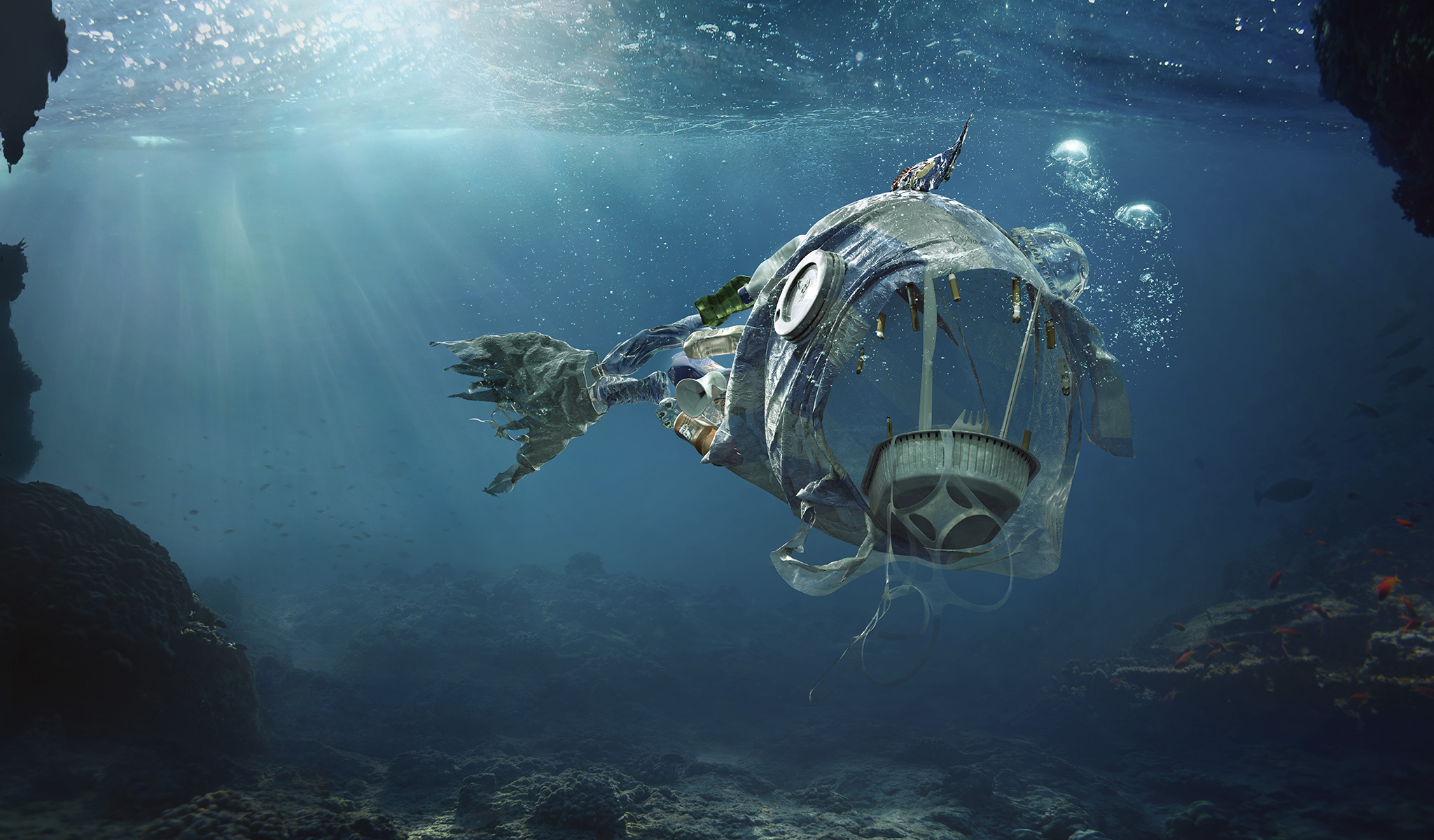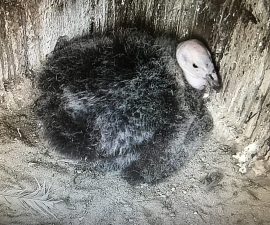BY Elyan Shor, Ph.D.
Science Writer for San Diego Zoo Wildlife Alliance
The Depths of Marine Pollution
Globally, our oceans are becoming increasingly mired with human-derived pollutants such as manufactured chemicals, oil and petroleum, and garbage. The effects of this pollution manifest themselves in numerous forms, many of which we are likely yet to realize and comprehend. But while we may not have a complete understanding of pollution’s reach, of this there is no doubt: marine pollution is a worldwide problem with implications that extend far beyond oceans and their coastlines.
Plastics are among the most notorious marine pollutants. According to the International Union for Conservation of Nature, approximately eight million tons of plastics end up in oceans every year. The immediate effects of this discard are readily apparent: the devasting imagery of wildlife ingesting or entangled by plastic trash has become all too familiar. But plastic in the ocean is not just physically problematic—it is also chemically problematic.
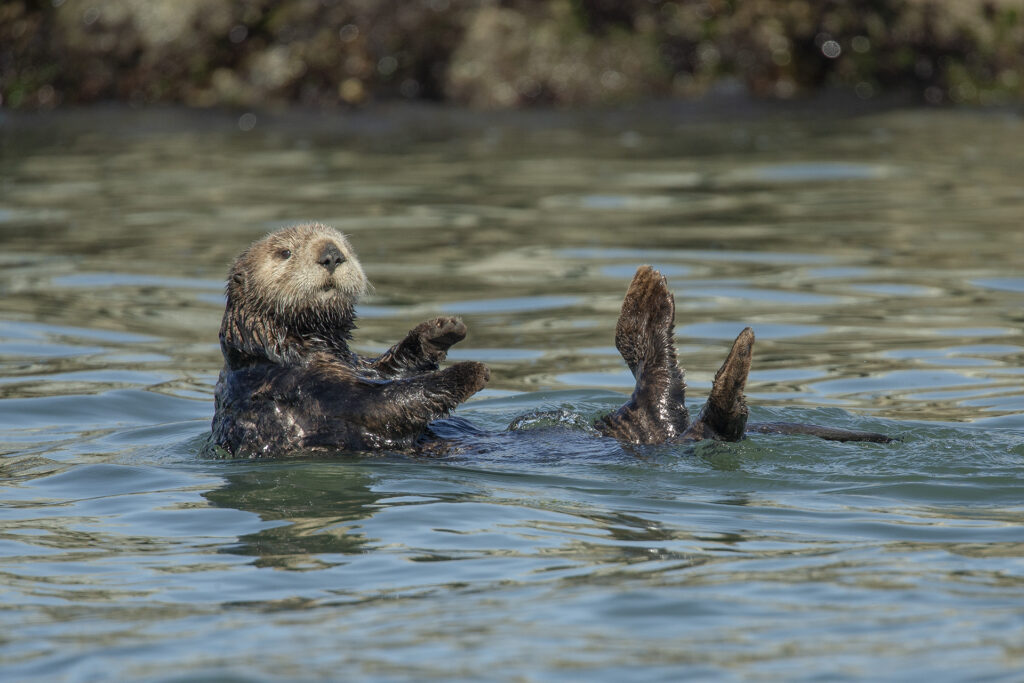
Plastics are formulated with a slew of chemicals that lend them their durable, multifunctional properties. Unfortunately, infusing plastics with such compounds also means that these same chemicals will be released as those plastics break down. And to further exacerbate the issue, plastics break down very slowly: single-use bags take 20 years, and scientists estimate that a disposable bottle will take at least 450 years to decompose. This means that plastics littering the ocean will persist—as will the chemicals they leach—for generations to come.
Some chemicals can, in turn, pose serious threats to wildlife and human health, particularly when they disrupt hormonal activity. Compounds that interfere with normal hormonal function—either by mimicking the activity of a naturally occurring hormone or by blocking it—are called endocrine disrupting chemicals (EDCs). EDCs can be lethal or cause sublethal health effects, including reproductive problems, abnormal behaviors, and cancers. Further, EDCs gradually build up, or “biomagnify” along ascending levels of the food chain, so that those at the top—including humans— may be ingesting meals with concentrations of EDCs up to hundreds of times the baseline levels.
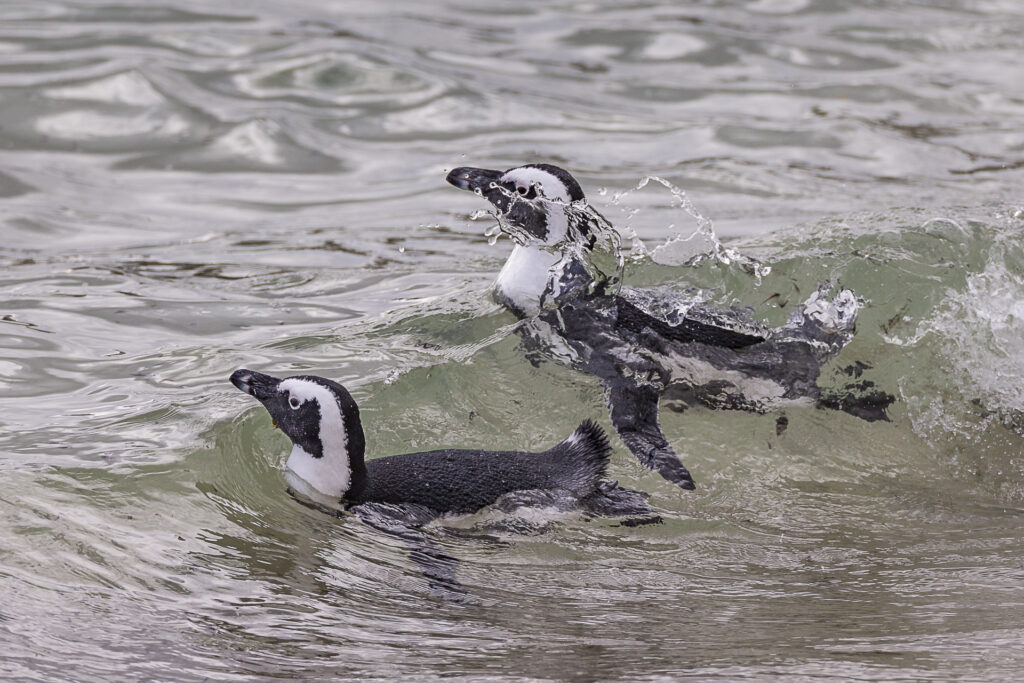
Estrogen receptors are particularly vulnerable to interference by EDCs, and “estrogenic” chemicals are those that disrupt the activities of estrogen—a hormone notably involved in reproduction. Plastics are a common source of estrogenic chemicals including bisphenol A (BPA), as are pesticides such as the infamous dichloro-diphenyl-trichloroethane (DDT), which make their way into oceans via runoff or direct dumping.
Our conservation scientists are working to identify and better understand estrogenic chemicals: we collaborate with partners to study EDC presence, profile, and potential effects on avian reproduction. One of these projects assesses EDC exposure in the California condor Gymnogyps californianus, a bird that may not typically be associated with oceans, but that is nevertheless connected to the marine food web.
Condors are scavengers, and for those living within range of a coastline, beaches host a plentiful and reliable buffet of marine animal carcasses. The danger for condors lies in eating carcasses laced with estrogenic EDCs, as ingesting these could cause disruptions in their own reproduction, including compromised egg production or development. Given that condors are already critically endangered, risks to reproduction are a significant concern for the species.

Our Reproductive Sciences and Recovery Ecology teams, in partnership with the School of Public Health at San Diego State University (SDSU), are taking a closer look at the marine mammal carcasses that wash up along the shores of the northern Gulf of California—a feeding ground for the Baja California population of condors. The SDSU team is leveraging sophisticated analytical chemistry to evaluate the chemicals present in the tissues, identifying known compounds as well as those that are unknown or novel. Our scientists then utilize cells as a proxy for condor physiology, observing interactions between the chemicals and hormone receptors in vitro, and clarifying whether these chemicals are estrogenic.
Together, this approach allows for extensive analyses of which EDCs are present in the environment, and which ones may be harmful to condors. The information generated from these studies can be shared with wildlife managers to inform conservation strategies; with regulatory agencies to inform legislation relating to chemical production and disposal; and with the public to inform awareness and encourage participation in responsible and safe consumption of products.
Though there is still much to learn, advancing our fundamental understanding of pollutants and their effects in and around oceans—as well as on the interconnected network of wildlife and humans around the world—is essential in clearing the path toward a healthier future everywhere.
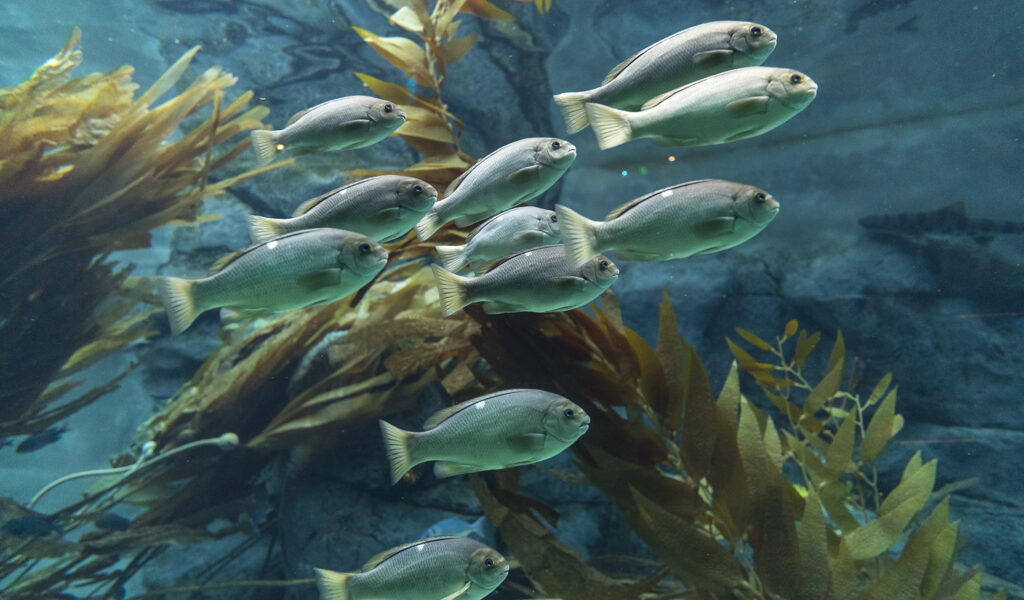
3 Things You Can Do for a Cleaner Ocean
We can all make a difference by handling problems before they get worse, while also supporting the United Nations Sustainable Development Goals for Life Below Water.
1. Reduce how much plastic you purchase.
Avoid products made from or packaged with plastics, such as utensils, balloons, and drink bottles. Instead, choose items packaged with biodegradable, renewable, or more easily recyclable materials, like glass, metal, or paper.
2. Participate in cleanup projects in your community.
Trash on sidewalks, streets, driveways, and paths is likely to end up in gutters and waterways the next time it rains or the sprinklers come on. All waterways lead to the ocean, so pick up any trash you find.
3. Limit use of household and yard chemicals, and dispose of hazardous waste properly.
Hand pull weeds in your yard and ask landscapers in your neighborhood to limit use of herbicides and pesticides. Refer to local city or county regulations for disposal of harmful substances.
–Victoria Dunch, M.A., research coordinator, Community Engagement, San Diego Zoo Wildlife Alliance
Discover more about the lifesaving efforts you make possible for marine wildlife through our Oceans Conservation Hub.
(Top image © peepo/E+/Getty Images)

